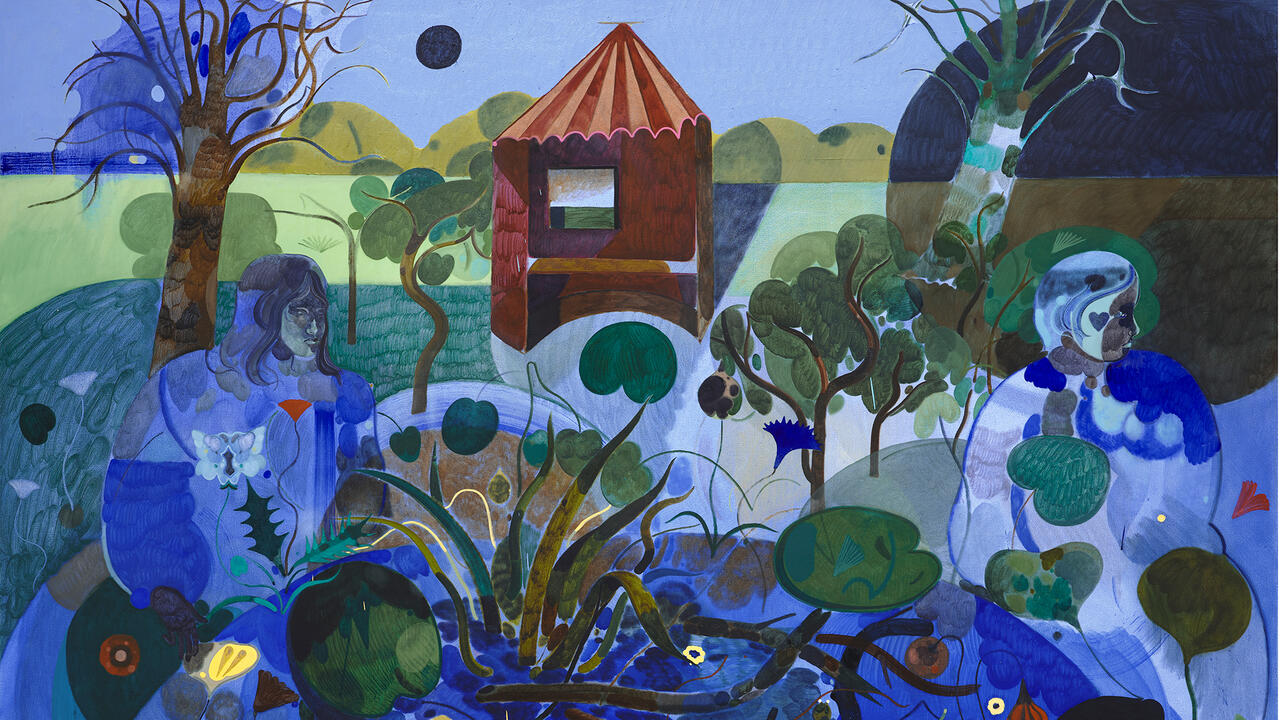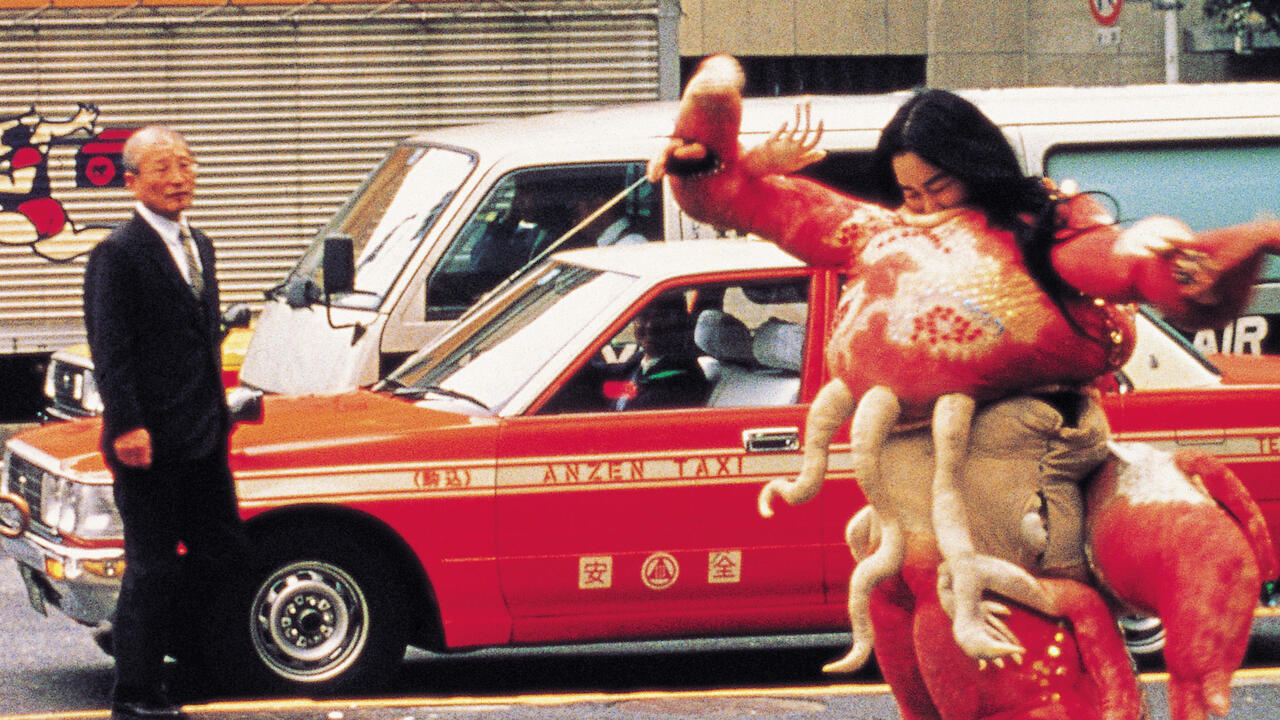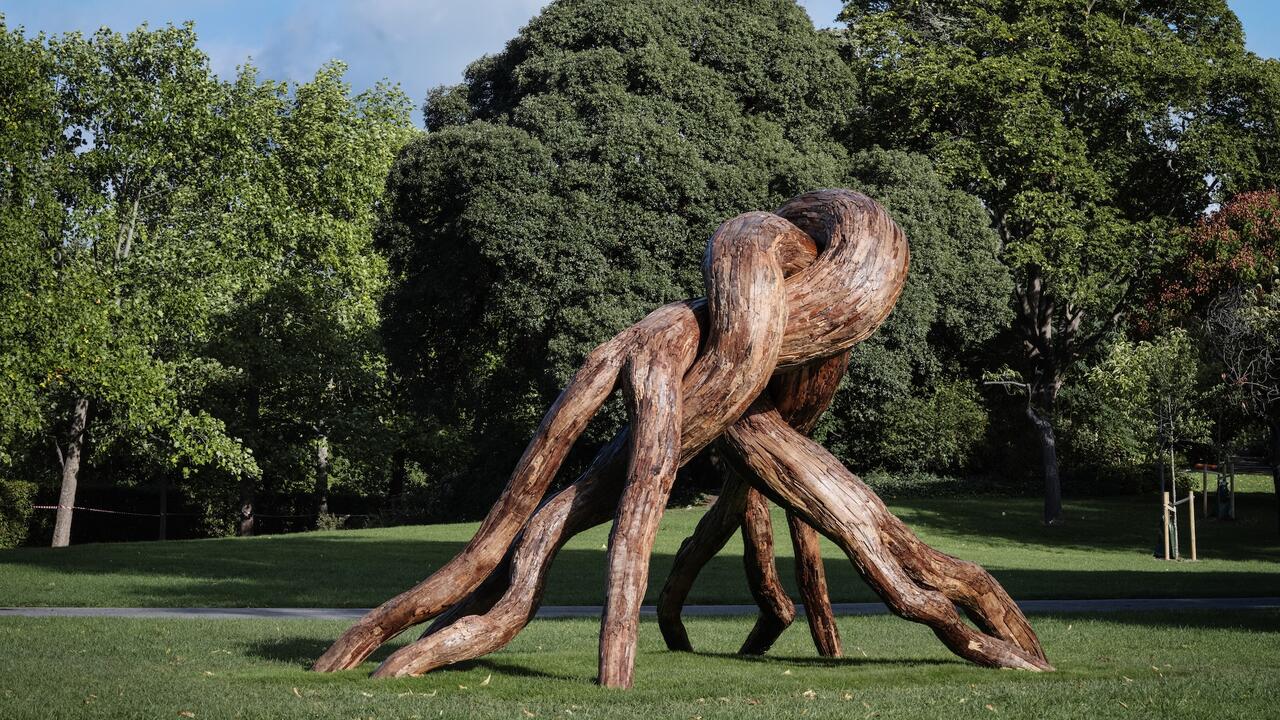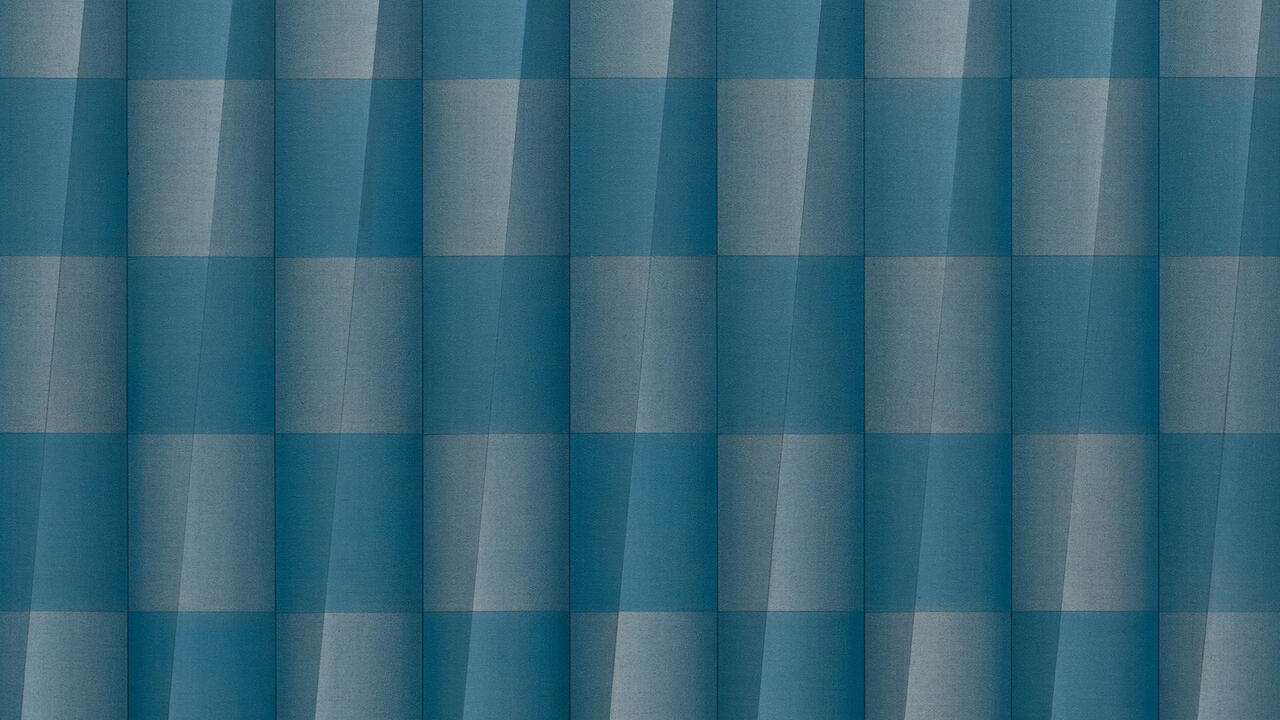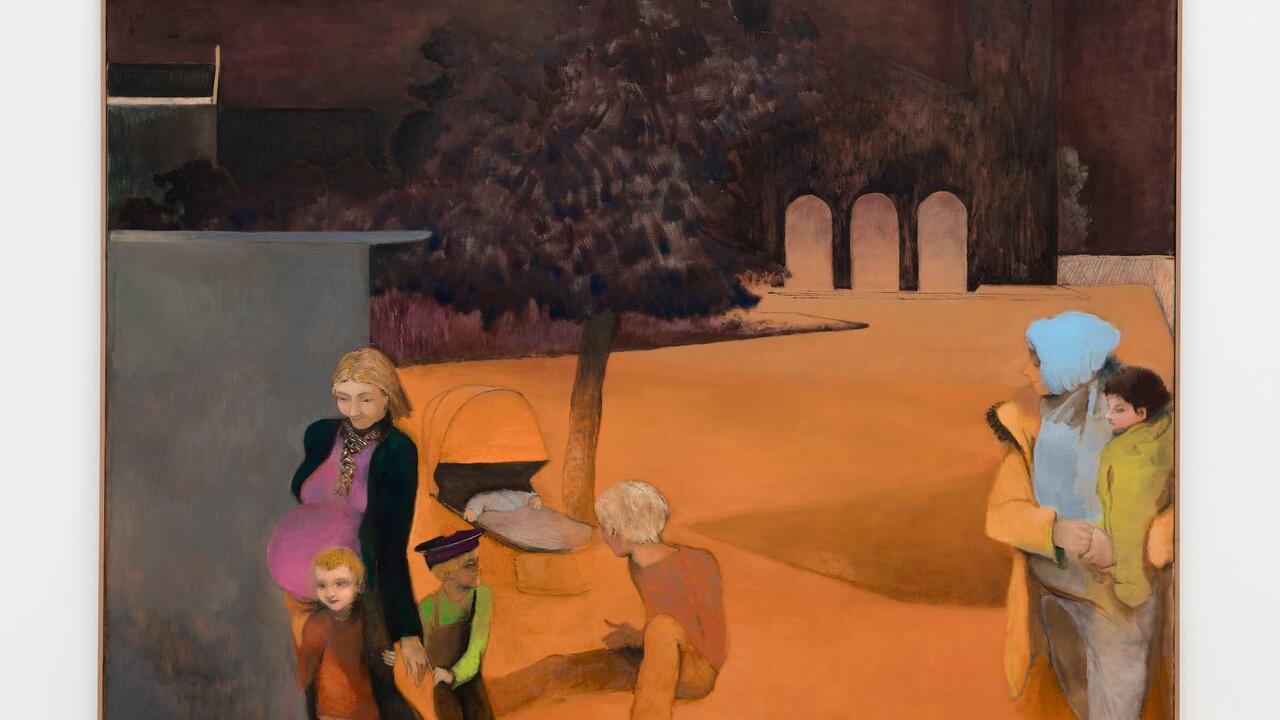Power Dressing
From Rem Koolhaas to Herzog & de Meuron, a number of today’s most famous architects accept commissions from repressive regimes. What does this say about the relationship between architectural innovation, ethics and ideology?
From Rem Koolhaas to Herzog & de Meuron, a number of today’s most famous architects accept commissions from repressive regimes. What does this say about the relationship between architectural innovation, ethics and ideology?
Christopher Wilk, curator of the Victoria and Albert Museum’s wildly and unexpectedly successful Modernism show, began his career at the Museum of Modern Art’s department of architecture and design in New York. It’s a fact that gives us the clue we need to read the exhibition as a violent reaction to his days in an institution that did all it could to insulate modernity from any kind of political context. Looked at from that point of view, Wilk’s exhibition is all but patricidal: a show about architecture and design shows as much as it is a show about architecture and design.
Where MoMA presented buildings as isolated sculptural objects, utterly detached from their context, ‘Modernism: Designing a New World’ at the V&A claims, rightly or wrongly, to be reminding us of the social and political dimension that architecture had in the quarter of a century before the outbreak of World War II, whether it is the socially progressive Frankfurt kitchen, designed by Grete Schütte-Lihotsky for the city’s social housing projects, or the Volkswagen, Hitler’s people’s car. It is a reminder that is timely. Architects are once again beginning to wrestle with the wider meaning of their work. Architecture’s political dimension was demonstrated in Le Corbusier’s ambiguous suggestion that it could be an alternative to revolution, and in Mies van der Rohe’s long demolished memorial to the murdered Spartacists of the revolutionary Berlin of 1919, a restless, unstable composition of volumes pushing forward and back. The latter monument was made from recycled bricks, which, as Mies is said to have claimed, were intended to recall the wall against which Rosa Luxemburg was shot dead by the Freikorps. The rough brick was a deliberate contrast to a five-pointed bronze star pinned to one side, under a mast and a red flag, assembled by Mies, piece by innocuous piece, in case the foundry objected to manufacturing such a provocative political symbol.
Given this context, the Bauhaus was represented both by its partisans and its opponents as an essentially political project. The flat roof and the free plan were somehow seen as the embodiment of progressive values, just as Corinthian columns and a pediment were regarded by the more simple-minded as representing reaction, or even Fascism. Such absurd oversimplifications ignored the blindingly obvious contradictions. Mussolini’s Italy was ready to embrace the outward forms of modernity, just as the Soviet Union turned to classicism after the triumph of Stalinism. Contrast this overheated atmosphere to the situation of contemporary architecture, pursued by almost all its practitioners as if it were an entirely apolitical cultural form, or by some as a vaguely ‘critical’ position of opposition to the hegemony of consumerism. Although just how critical an alleged Marxist such as the Italian Neo-Rationalist Aldo Rossi could be while consenting to work for Walt Disney and to build shopping malls – or, for that matter, Rem Koolhaas, with his simultaneous preoccupation with shopping and the urban chaos of contemporary Lagos – is to, say the least, open to doubt. Rossi, however, must be credited with having the courage to write to Michael Eisner, his patron at Disney, resigning his commission to build a hotel at Euro Disney after a series of ever more frustrating changes of mind by his client, with a reminder of the experiences another Italian architect had in Paris, trying to build a palace at the Louvre for the king. ‘Clearly, I am not Bernini,’ he wrote, ‘but the trouble is, you seem to think that you are the king of France.’
It’s true that the political commitment of the early Modernists was never quite what it seemed. Mies may have worked for the German left, but he was also ready to enter a competition for the design of the German pavilion at the Brussels Expo of 1934 that, while it was clearly descended from the sublime Barcelona pavilion, was equally clearly crowned by a Nazi eagle. Le Corbusier built the Centrosoyuz project in Moscow, featured prominently in the competition to build the Palace of the Soviets – and indeed was ready to sue Stalin to recover his unpaid fees. But he was equally interested in courting Mussolini and embarrassingly sycophantic to the Vichy administration in France in the hope of securing its patronage. Then, as now, it was the genetically pre-programmed destiny of the architect to do everything that he could to get the job, even if that meant a Faustian bargain with the most unsavoury of regimes. Both Mies and Le Corbusier were extremely fortunate that their blandishments were ignored by the totalitarians that they would have been ready to work for, and that their postwar reputations thus remained unscathed. The fact that Philip Johnson was able to emerge from his past as the founder of an American Fascist party and a cheerleader for the Nazi invasion of Poland would suggest that his clients either had extremely short memories or else were highly selective in how they chose to understand Johnson and his architecture.
In essence Modernism subsumed two very different phenomena. One was a genuinely Utopian streak: the idea that architecture was the means to the building of a fairer, more humane society. The other was the more Machiavellian understanding of building as an expression of power, and accordingly that the architect has to engage in a dance with the powerful in order to build at all. The collapse of Modernism’s Utopian project in the 1970s, triggered by the dynamiting of social housing all over the Western world as it became clear that architectural visions had in many cases made everyday life worse rather than better, had an impact on the architectural climate as profound as the destruction of the Berlin Wall has had on political discourse. Architecture withdrew into itself, turning into a hermetic preoccupation. The idea of politically engaged architecture was deeply unfashionable.
I can remember Rem Koolhaas telling me at the time that he launched his first big book onto the world (Delirious New York was first published in 1978) that the reason he came to study architecture at the Architectural Association in London was that if he had stayed at home in the Netherlands he would have had to spend all his time designing field hospitals for the Vietcong. Architecture is different now. Today’s most visible architects from Koolhaas to Jacques Herzog may eschew overt political content in their work, but they are just as driven as their predecessors by the urge to get as close as they can to the seat of political power, if for no other reason than because it is political power that dispenses architectural patronage. For many of them there is a kind of fascination with power, and with the way that architecture can be used to create its imagery, if not always its substance. And there are times when some can even start to make political claims.
When Koolhaas was showing the press around the new Dutch embassy in Berlin a couple of years ago, he spent a lot of time talking about how happy he was that his government had selected a site in the east of the city, which was, he claimed without a trace of irony, a kinder, better place than the materialist western part. And when Koolhaas had the shrewdness to stay out of the race to secure New York’s Ground Zero master-plan commission but decided instead to take his chances in the competition to design the new headquarters of Central China Television (CCTV) in Beijing, he talked about the emptiness of American values, contrasting them unfavourably with the energy of Asia.
Koolhaas’ s CCTV building can be interpreted in many different ways. In narrowly architectural terms it’s an exploration of our approach to high-rise building. It was conceived from the outset as a landmark to play its part in the rapid transformation of a city that is building hundreds of new towers. Rather than compete with them and opt for a simple-minded pursuit of height, Koolhaas’ project takes the form of two leaning towers connected at top and bottom. It could be read as a gateway or a cluster: either way, it’s entirely distinctive, a form as memorable and as capable of being transformed into an architectural logo as the Sydney Opera House or the Eiffel Tower. And that is the point of the exercise. Goaded by the mania for architectural icons and the voracious cult of celebrity that has swallowed up architecture, form now follows not function but image. Rather than projecting smooth technocratic efficiency, CCTV has a certain roughness, even a random, accidental quality.
The choice of Koolhaas, rather than a more conventional architectural practice, could be understood in political terms as a sophisticated assertion of China’s sense of itself as a modern state and the continuing grip of the communist part on that state, despite the death of ideology. As Ian Buruma suggested at the time that Koolhaas won the commission, it’s hard to imagine a hip architect building a TV station for General Pinochet in Chile. And it would be unreasonable to object to building a hospital or a hotel in contemporary China. But CCTV is the organization that tells a billion people what to think, the mouthpiece of a governing Communist Party that permits no labour rights, which is eradicating Tibet’s identity and which censors its citizens’ emails. Herzog & de Meuron’s Olympic stadium in Beijing is, of course, an equally political project, although it has come in for much less criticism. It too is part of China’s reconstruction of Beijing for the
Olympics of 2008, which are clearly understood as a demonstration of the country’s new status as a leading power, economically and culturally as well as militarily.
Asked about the ethical implications of the CCTV project, Koolhaas’ first response was to suggest that China’s system is changing so fast that by the time his building is completed CCTV will have been privatized, and China will have given up repression as a routine political tool. It’s unlikely that Mies van der Rohe would have had a very sympathetic hearing if he had won the 1933 competition for the Reichsbank in Berlin and come up with the same kind of arguments about the bright future promised by the imminent economic transformation of Hitler’s Germany. More recently Koolhaas has taken a more overtly political line: ‘What attracts me about China is that there is still a state. There is something that can take initiative on a scale and of a nature that almost no other body that we know of today could ever afford or contemplate. Everywhere else, and particularly in architecture, money is everything now. So that is blatantly not a good situation as it leads to compromises of quality. Money is a less fundamental tenet of their ideology.’ So there.
Koolhaas as the architect is drawn into an ambiguous relationship with his clients. Both sides believe that they are able to control the relationship and use it for their own ends. But China is a timely reminder of the relative weakness of the architect in this relationship with power. The architect who designed the Museum of the Revolution in Tiananmen Square, as well as several of Mao’s personal villas, is still alive. But his closeness to the centre of political power, and his essential role in helping to create the landmarks and the public spaces that were essential tools in consolidating the grip of the party on the direction of the affairs of the most populous nation on earth, were not enough to keep him from being reduced to ten years as a janitor sweeping the floor during the Cultural Revolution.
The last time that questions like Buruma’s were widely asked of architects was at the time that the Shah of Iran staged the architectural competition for the Pahlavi state library in the late 1970s. The Shah was a classic victim of the edifice complex, trying to use architecture to construct a national identity for a modern Iran but also seduced by the narcissistic vanity of the project, and by the time of the competition power was beginning to slip away. Demonstrators all over the world greeted his attempts at state visits, and his secret police, the Savak, were notorious for suppressing opposition. The Pahlavi competition was a test of conscience. The Shah’s opponents presented it as an act of collaboration with a brutal and oppressive state. Despite the negative publicity and the heart-searching, more than 600 architects took part, including such significant and supposedly progressive figures as Peter and Alison Smithson.
The library would have formed one edge of a huge new open space larger than Tiananmen and was intended as a self-conscious update of the Haussmannization of Paris for a similar mix of motives, including an attempt both to subdue the mob and to boost the prestige of the regime. It’s part of the same strand of architectural practice that connects François Mitterrand’s rebuilding of Paris with Louis XIV, with Ceausescu, and with Hitler and Stalin. From Saddam Hussein to Tony Blair rulers have used buildings as an instrument of statecraft, to create a sense of national identity, to bolster their authority, to intimidate and to impress.
Saddam Hussein followed in the footsteps of Kemal Atatürk, the Shah of Iran and Stalin in employing buildings as a means of reflecting his prestige and of imposing his presence on the country. Indeed he staged a major architectural competition at the start of the 1980s for the design of a mosque in Baghdad. A winner was never publicly named, but among the many prominent architects to take part Robert Venturi and Denise Scott Brown were favourites to build what would have been the crowing achievement of their careers. But before they were named as winners, the dictator chose to invade Iran, bringing the whole project to a halt.
When Kuwait wanted to demonstrate to the outside world, and perhaps even to itself, that it was not an oil-rich oligarchy kept afloat by imported labour from Pakistan, Palestinian bookkeepers and Western banking and technology, but a modern democracy, it went to Jorn Utzon, architect of the Sydney Opera House, to build it a tame parliament. He produced an elegant structure that aspired to suggest that this was a Scandinavian social democracy, but which of course never took on anything but a ceremonial role. Utzon saw himself as creating an institution. For his clients he was supplying nothing more than stage scenery.
How can architecture not be a political issue? Look at the fate of the Palast der Republik in the centre of Berlin. Here are the traces of the tortured history of Europe, reflected in a sequence of destruction, rebuilding, destruction and rebuilding. The East Germans destroyed the old royal palace in 1950, saving just the balcony from which Karl Liebknecht proclaimed the German Soviet, shortly before being shot. They eventually filled the site with an unlovely orange mirror-glass structure housing not only a parliament chamber but also a bowling alley, restaurants and social spaces, in an attempt to show that the workers’ republic could match the best the West could offer. Now the new Germany has voted to demolish it and to build a facsimile of what once stood here, even as it takes the view that all that is needed to inoculate us from the heritage of Goering’s Luftwaffe headquarters is some Eames furniture and plenty of white paint.
Deyan Sudjic becomes director of the Design Museum in September. He is currently Dean of the Faculty of Art, Design and Architecture at Kingston University. His new book, The Edifice Complex, is published this month by Penguin.





